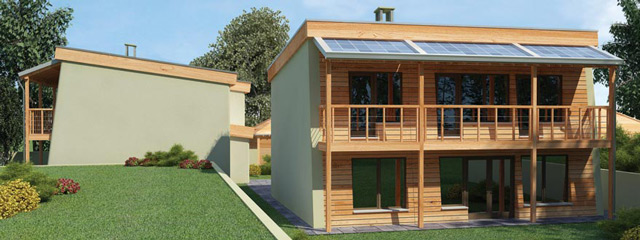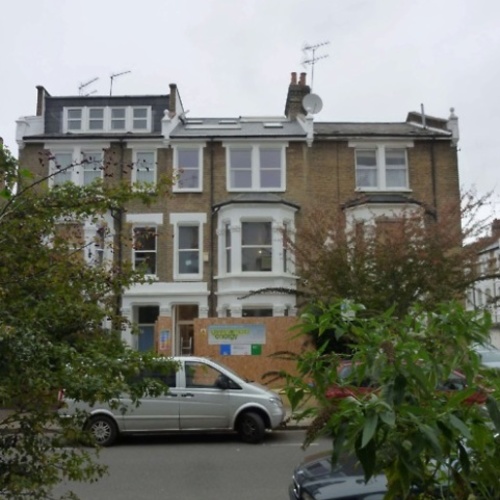
Image Credit: Ecos Homes Ltd.
Two common, energy-sapping characteristics of homes and commercial buildings in Britain are their lack of airtight construction and their high thermal bridging, according to the Association for Environment Conscious Building.
The AECB aims to help address those issues and more in a recently published construction design guide intended to bring architects, engineers, and builders in the U.K. up to speed on Passivhaus design standards and AECB’s own Gold standard. The latter is nearly identical to the Passivhaus standard in terms of thermal efficiency, AECB says, but sets even lower limits on CO2 emissions and overall primary energy use.
Based in Llandysul, in West Wales, AECB is a nonprofit network of building-industry companies, individuals, and regulatory bodies focused on promoting sustainable construction both through training and the publication of construction design guides.
The Passivhaus/Gold standard guide, a recent article published by the U.K.-based Green Building Press noted, includes 40 sample construction details and “effectively translates advanced and practicable North American and Continental ultra-low energy construction experience into a U.K. context.” The document covers three main building types: load-bearing masonry, concrete frame, and timber frame.
The guide is available for free to AECB members at http://www.carbonlite.org.uk/carbonlite. Information about Passivhaus design is available to building professionals in the U.S. through the Passive House Institute US, at http://www.passivehouse.us/passiveHouse/PHIUSHome.html.
Weekly Newsletter
Get building science and energy efficiency advice, plus special offers, in your inbox.















One Comment
As well as reducing the
As well as reducing the ‘carbon footprint' these Green Homes have numerous other benefits, because the climatic situation is constant throughout the year – there are no cold walls and no draughts, no damp. This is ideal for allergy sufferers as common allergy accelerants such as dust, mould spores and pollen do not enter the house.
Log in or create an account to post a comment.
Sign up Log in